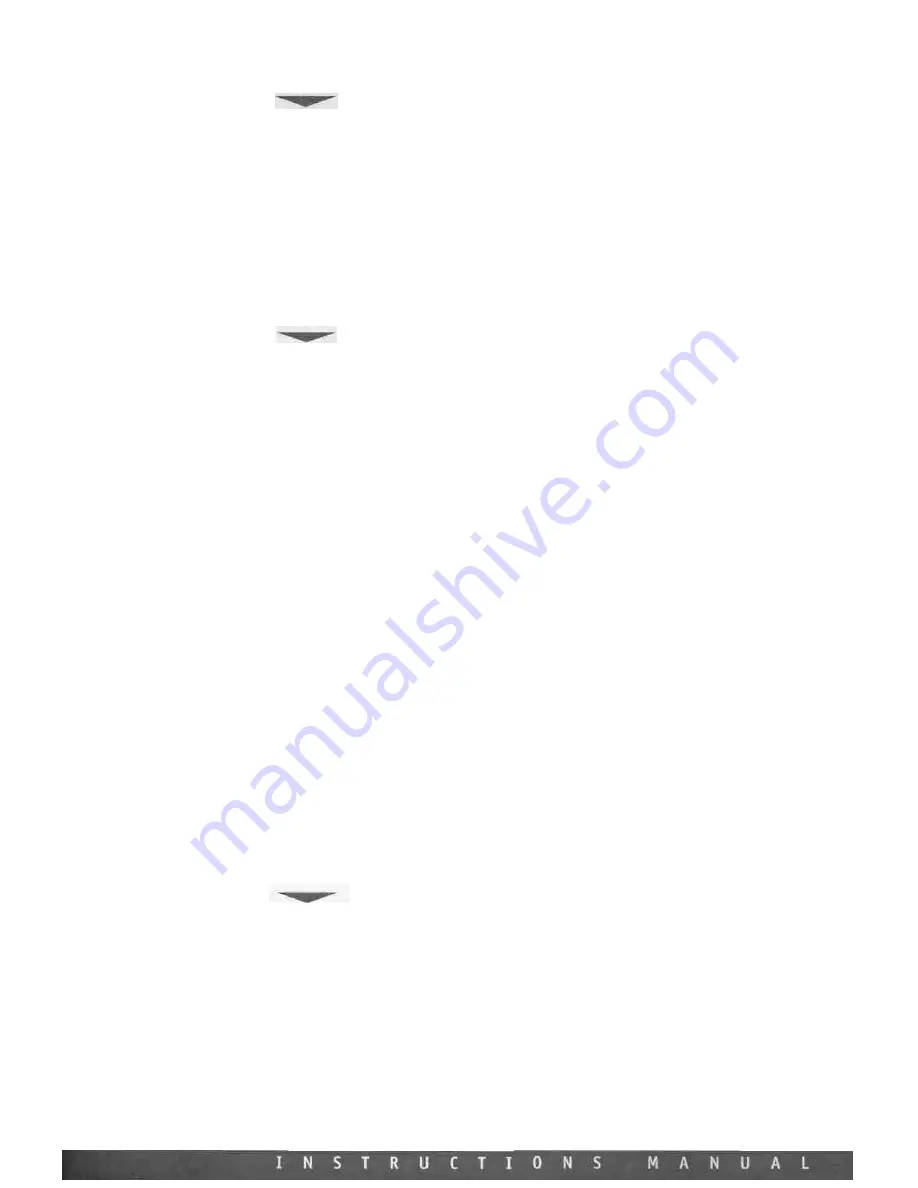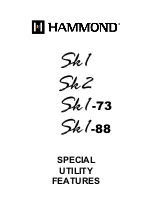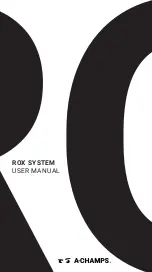
AFTERTOUCH
This FUNCTION allows you to enable or disable the AFTERTOUCH for each ZONE. .For an exam-
ple, if you want to disable the AFTERTOUCH for zone 3: While in the EDIT mode select ZONE 3
for editing then press UP/DOWN buttons to scroll to and select the AFTERTOUCH function..
Then press OFF key which corresponds to E flat on the numerical keypad. After that, all the
other ZONES will be affected by the AFTERTOUCH while ZONE no. 3 will be excluded. To regain
AFTERTOUCH control on the excluded ZONE, select EDIT, AFTERTOUCH and then press ON.
An application for this might be as follows: Refer to the patch set up from the preceding exam-
ple in the WHEELS section above. In your lead patch in the right hand you may be using
AFTERTOUCH for volume swells or vibrato modulation. While doing this you may find that unde-
sirable vibrato messages are being sent to your sustaining chords in the lower ZONES in this
patch. Use the AFTERTOUCH disable feature in these lower ZONES to eliminate aftertouch mes-
sages from your lead performance being sent to your sustaining chords.
SHAPE
This function allows the user to change the dynamic cutves which control the velocity respon-
ses for each of the three ZONES. This FUNCTION allows you to adapt your Master Keyboard
Controller to the dynamic response of your expander or external MIDI device. It also allows
you to adjust the keyboard's reaction to your specific touch. The Studio Logic SL-880's SHAPE
FUNCTION offers you 8 different preset curves to select from, 4 positive and 4 negative. Each
ZONE can have its own SHAPE setting.
To select a specific SHAPE for a ZONE follow the normal EDIT operation. Enter EDIT mode,
select a desired ZONE for editing by hitting its corresponding ZONE switch. Now select edit
function SHAPE using the UP/DOWN buttons and finally select 1,2,3 or 4 for SHAPE selection.
Selecting a (-) before hitting the number will select an inverted version or NEGATIVE SHAPE
of that curve. By negative shape we mean that the curve has an opposite affect with respect
to the touch. Therefore, a light touch brings about a high response and vice versa. This SHAPE
FUNCTION is useful when you have two different curves (one + and one -) on two ZONES, as
this results in a velocity crossfade effect. As one sound gets lower the other gets louder. SHAPE
(-) 1 corresponds to the inverted SHAPE 1, and so on.
SHAPE no. 1 has a linear response, which is compatible with most of the MIDI devices pre-
sent on the market. This is the default setting for each of the (4) zones..
SHAPE no. 2 has a less sensitive response, so it requires a stronger touch. This setting is use-
ful to gain a wider dynamic response. Try this SHAPE on a Piano or Electric Piano while playing
a ballad or softer piece of music for a more expressive feel to the keyboard. You may also like
this setting while using the SL-880 to program Hi Hats or Drums into a sequencer, it makes it
easier to "pump" a part or vary the accents. It is also useful when the input MIDI device is
too sensitive and you want to lower the relative velocities being transmitted.
SHAPE no. 3 has a more sensitive response than Shape no. 1. You will be able to transmit
higher velocities with a lighter touch. This SHAPE may be useful to you if you are playing a
Rock Piano or Honky-tonk Blues style and need to be heard over a loud band. This SHAPE sca-
les the relative velocities up.
SHAPE no. 4 has an even more sensitive response than SHAPE no. 3. Useful for removing some
or all of the dynamic response to the keyboard. Use it when you want to trigger Samples, Loops
or Sound FX easily so that they play at their maximum volume without having to hit the key
as hard.
VELOCITY
The VELOCITY is similar in function and application to the SHAPE feature in that they are both
dynamic response settings for the keyboard and the MIDI velocity information that is tran-
smitted. The difference is that the VELOCITY parameter is a GLOBAL setting. While in EDIT
mode when you select VELOCITY, the LED's for all 4 zones light up simultaneously indicating
you are changing a GLOBAL setting covering all three ZONES. While in the previous section you
could select a dynamic curve for each ZONE, now you have 8 different curves that affect the
response of the entire keyboard. This VELOCITY parameter can help adapt your Controller
Keyboard to your MIDI modules and to your specific touch and feel preferences so as to give
you the most expressive control available.
To select a VELOCITY curve enter the EDIT mode, use the UP/DOWN buttons to select VELO-
CITY, then chose 1 through 8 on the 10 key keypad to select your VELOCITY setting. Exit EDIT
mode to play and audition each of these curves.


































